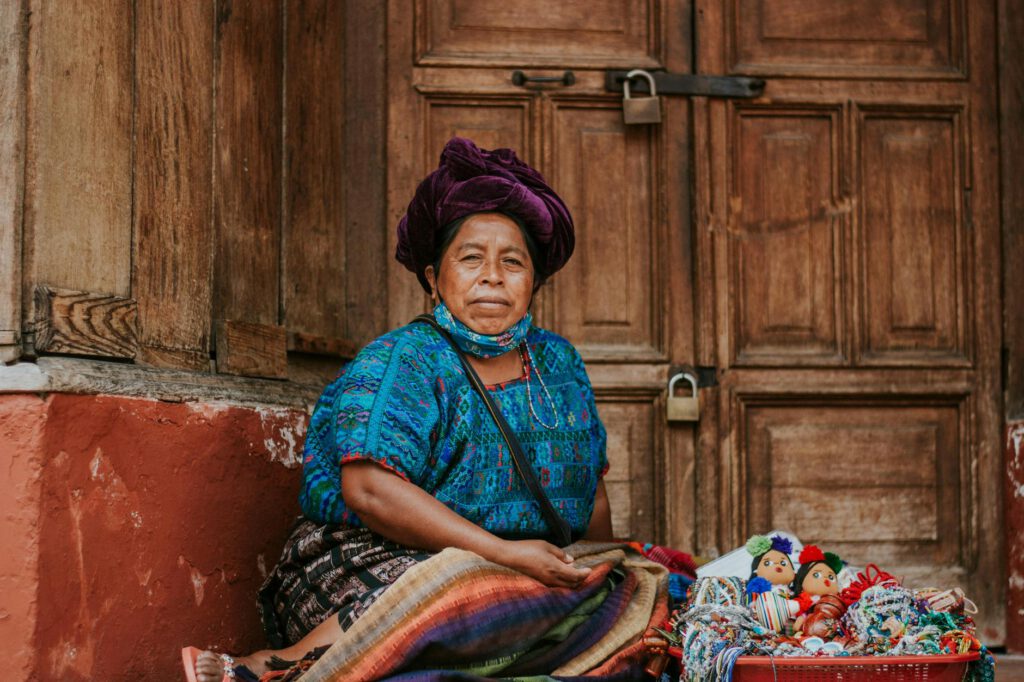****
Introduction
Guatemala’s rich cultural heritage is reflected in its vibrant handicrafts, from handwoven textiles to intricately carved wooden goods. For artisans and exporters, the European Union (EU) presents a lucrative market with high demand for ethically sourced, unique products. The best part? Guatemala enjoys tariff-free access to the EU under the EU-Central America Association Agreement, making exports more profitable.
This guide breaks down the process of exporting Guatemalan handicrafts to the EU, covering legal requirements, logistics, marketing strategies, and key resources to ensure a smooth and profitable trade relationship.
Why the EU Market is Ideal for Guatemalan Handicrafts
The EU is one of the largest importers of handicrafts globally, with consumers increasingly valuing sustainability, fair trade, and cultural authenticity. Guatemalan products—such as Mayan textiles, jade jewelry, and hand-painted ceramics—align perfectly with these trends.
Additionally, the EU-Central America Association Agreement eliminates tariffs on most goods, including handicrafts, giving Guatemalan exporters a competitive edge. By understanding the regulations and optimizing logistics, businesses can tap into this growing demand efficiently.
Understanding Tariff-Free Export Benefits
How the EU-Central America Agreement Works
The agreement, in force since 2013, removes import duties on most Guatemalan goods, including handicrafts. To qualify:
- Products must originate in Guatemala (at least 60% local materials or processing).
- Proper documentation (Certificate of Origin, invoices, compliance declarations) must be submitted.
- Compliance with EU safety and labeling standards is mandatory.
This means no customs duties, reducing costs and increasing profit margins for exporters.
Eligible Handicraft Categories
Common Guatemalan handicrafts that qualify for tariff-free export include:
- Textiles (huipiles, table runners, bags)
- Wooden crafts (masks, figurines, furniture)
- Ceramics & pottery (traditional Mayan designs)
- Jewelry (jade, silver, beaded accessories)
- Leather goods (hand-tooled belts, wallets)
Steps to Export Handicrafts from Guatemala to the EU
1. Verify Product Eligibility
Before shipping, confirm that your products meet EU import regulations:
- Materials used: Ensure no restricted substances (e.g., certain dyes or treated woods).
- Labeling requirements: Products must include country of origin, materials, and care instructions in the local language of the destination country.
- Fair Trade & Sustainability Certifications: Having Fair Trade, Oeko-Tex, or FSC certifications can enhance marketability.
2. Obtain Necessary Export Documents
Key paperwork includes:
- Commercial Invoice (detailed product description, value, and exporter/importer details)
- Packing List (weight, dimensions, contents per package)
- Certificate of Origin (proving Guatemalan origin for tariff exemption)
- Export License (if required for certain materials like jade or exotic woods)
3. Choose the Right Shipping Method
Options include:
- Air Freight: Faster but costlier—ideal for high-value, lightweight items.
- Sea Freight: Economical for bulk shipments but slower (4-6 weeks).
- Courier Services (DHL, FedEx): Best for small, urgent orders.
Pro Tip: Work with a freight forwarder experienced in EU imports to handle customs clearance smoothly.
4. Navigate EU Customs & Import Procedures
Even with tariff-free access, shipments must clear EU customs. Key steps:
- Submit a customs declaration (usually handled by your freight forwarder).
- Provide all required documents (invoice, packing list, Certificate of Origin).
- Comply with EU product safety laws (e.g., REACH for chemicals, CE marking if applicable).
5. Market Your Products Effectively in the EU
To succeed, you need a strong branding and distribution strategy:
- E-commerce Platforms: Sell via Etsy, Amazon EU, or your own Shopify store.
- Wholesale Partnerships: Connect with fair trade stores, boutique retailers, and ethical fashion brands.
- Trade Shows: Exhibit at Heimtextil (Germany), Maison & Objet (France), or other craft fairs.
- Social Media & Influencer Marketing: Highlight the artisan story behind your products on Instagram and Pinterest.
Tools & Resources for Guatemalan Exporters
- AGEXPORT (Guatemalan Exporters Association): Offers training, trade missions, and market insights.
- EU Export Helpdesk: Free database on EU import rules.
- Guatemala’s Ministry of Economy (MINECO): Provides export licenses and trade agreements guidance.
- Fair Trade Organizations: Connect with Fair Trade Federation EU for ethical business networks.
FAQs on Exporting Guatemalan Handicrafts to the EU
1. Do I need an import license to sell handicrafts in the EU?
Most handicrafts don’t require an import license, but restricted materials (e.g., certain woods or animal products) may need permits.
2. How do I prove my products are made in Guatemala?
A Certificate of Origin issued by AGEXPORT or MINECO is required for tariff-free benefits.
3. Are there any hidden costs besides shipping?
Possible additional costs include:
– Customs handling fees (charged by freight forwarders)
– VAT (varies by EU country, typically 15-25%)
– Product testing/certification fees (if required)
4. What’s the best way to find EU buyers?
- B2B platforms (Alibaba, Europages)
- Trade fairs (e.g., Ambiente Frankfurt)
- Fair Trade networks (WFTO Europe)
5. Can I sell directly to EU consumers online?
Yes! Platforms like Etsy, Amazon EU, and eBay allow direct sales. Ensure you comply with EU consumer protection laws (returns, warranties).
Conclusion
Exporting Guatemalan handicrafts to the EU tariff-free is a golden opportunity for artisans and businesses. By understanding the legal requirements, shipping logistics, and marketing strategies, you can successfully enter this high-demand market.
The key steps include:
✔ Ensuring product eligibility under the EU-Central America Agreement.
✔ Preparing accurate export documentation.
✔ Choosing efficient shipping methods.
✔ Building strong EU distribution channels.
With the right approach, Guatemalan handicrafts can thrive in Europe, bringing economic growth to local communities while preserving cultural heritage. Start planning your export strategy today!
This guide provides a comprehensive, actionable roadmap for exporting Guatemalan handicrafts to the EU. By following these steps, businesses can minimize costs, comply with regulations, and maximize profits in this flourishing market.

